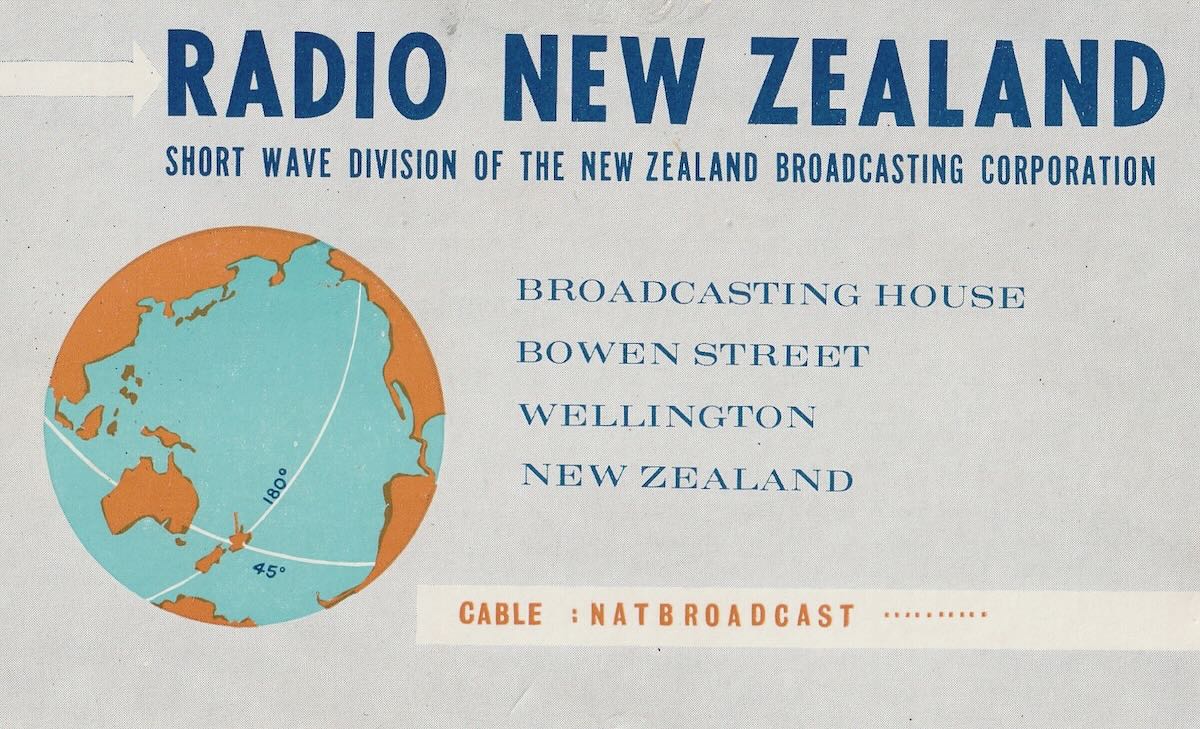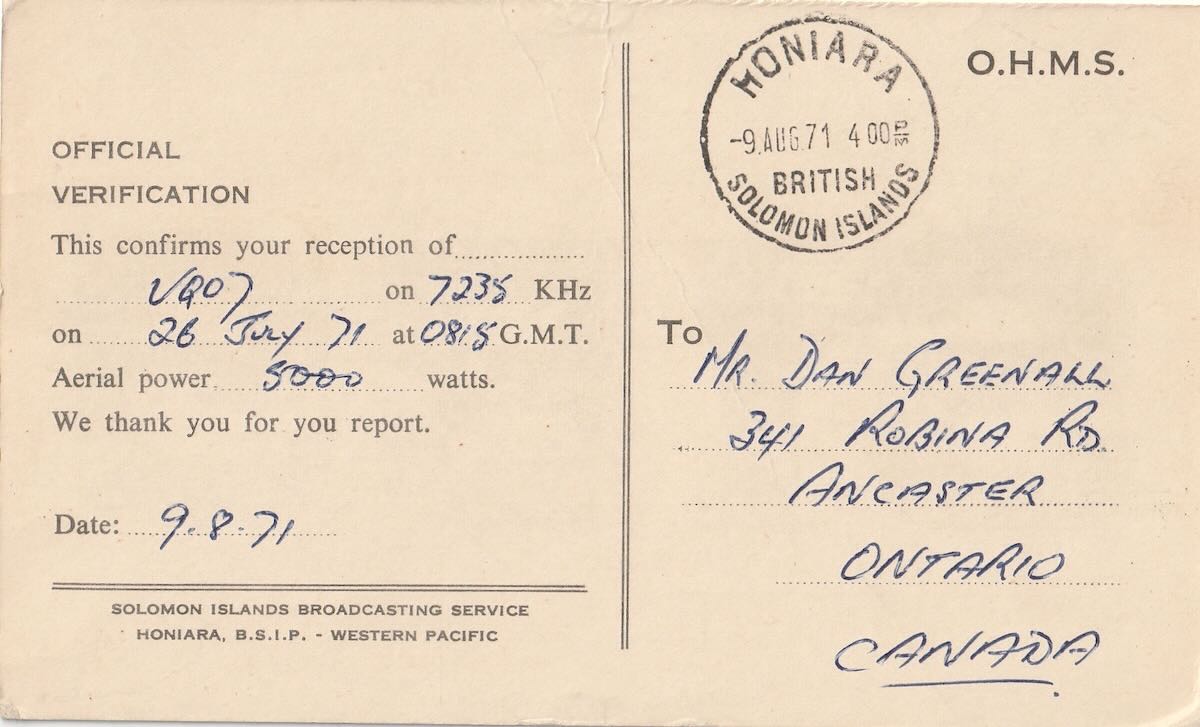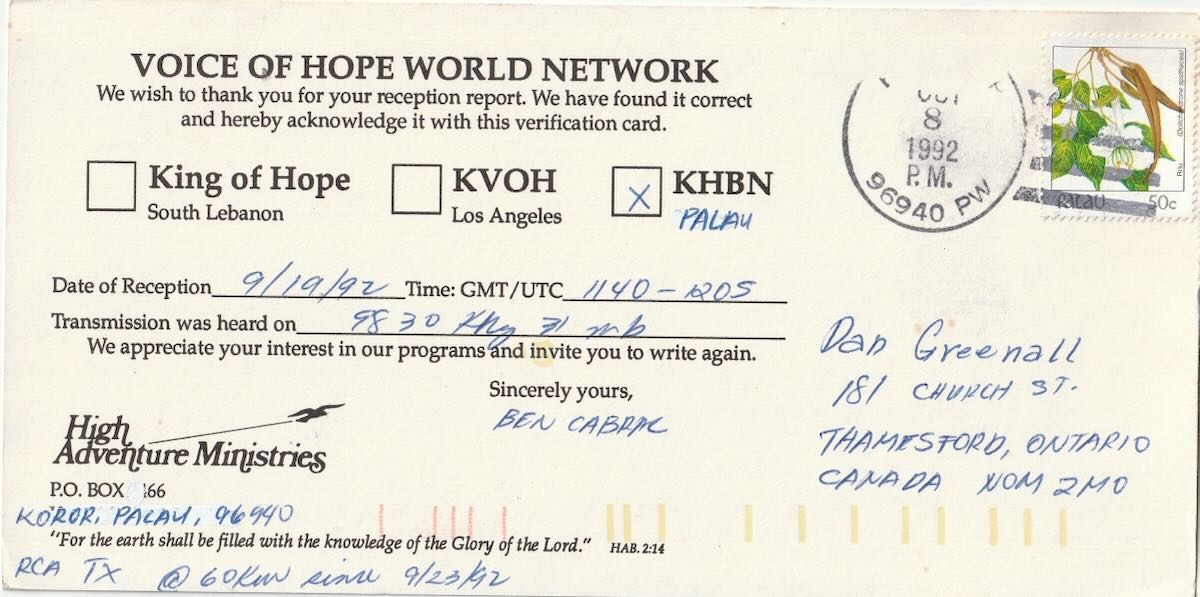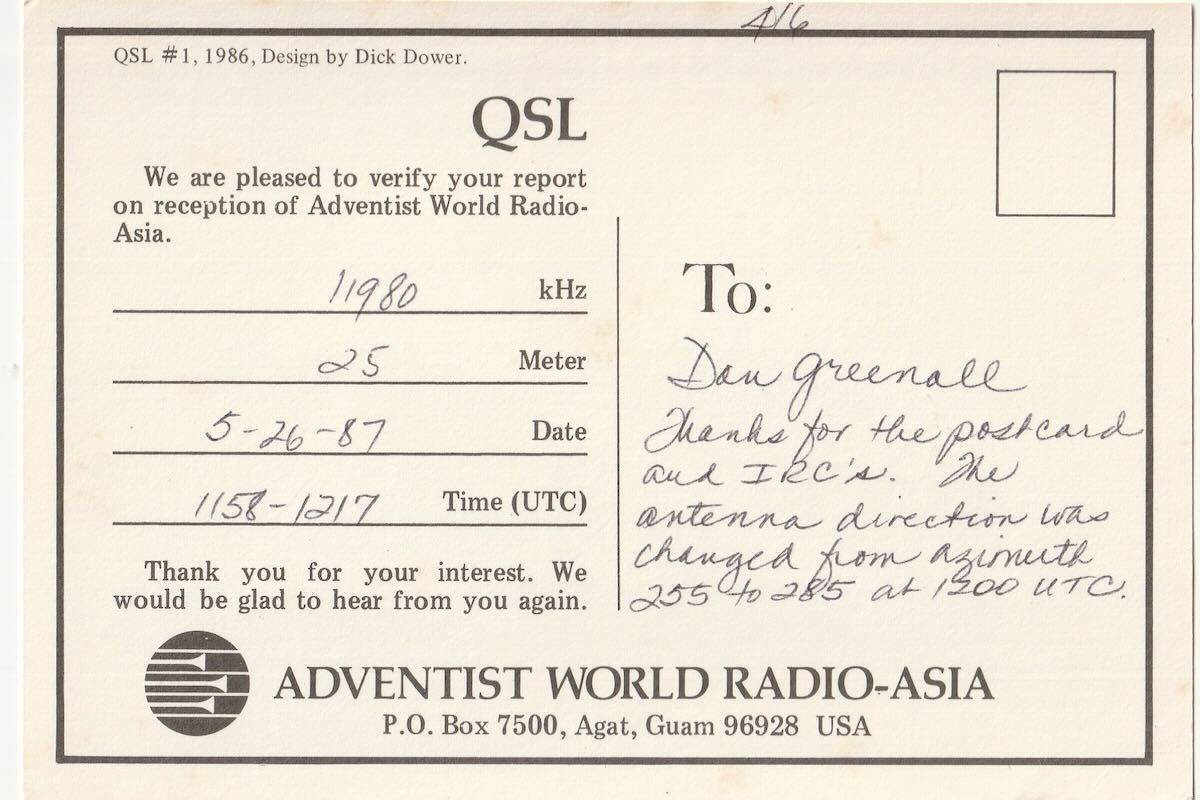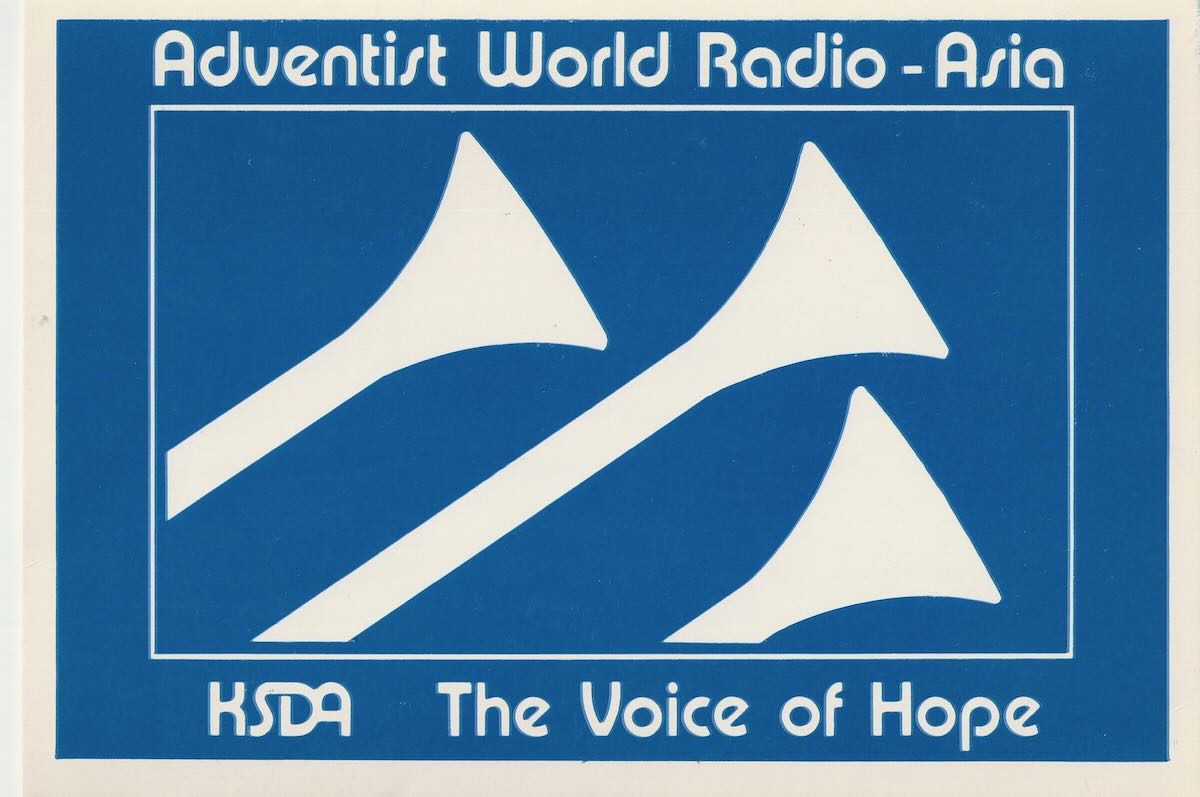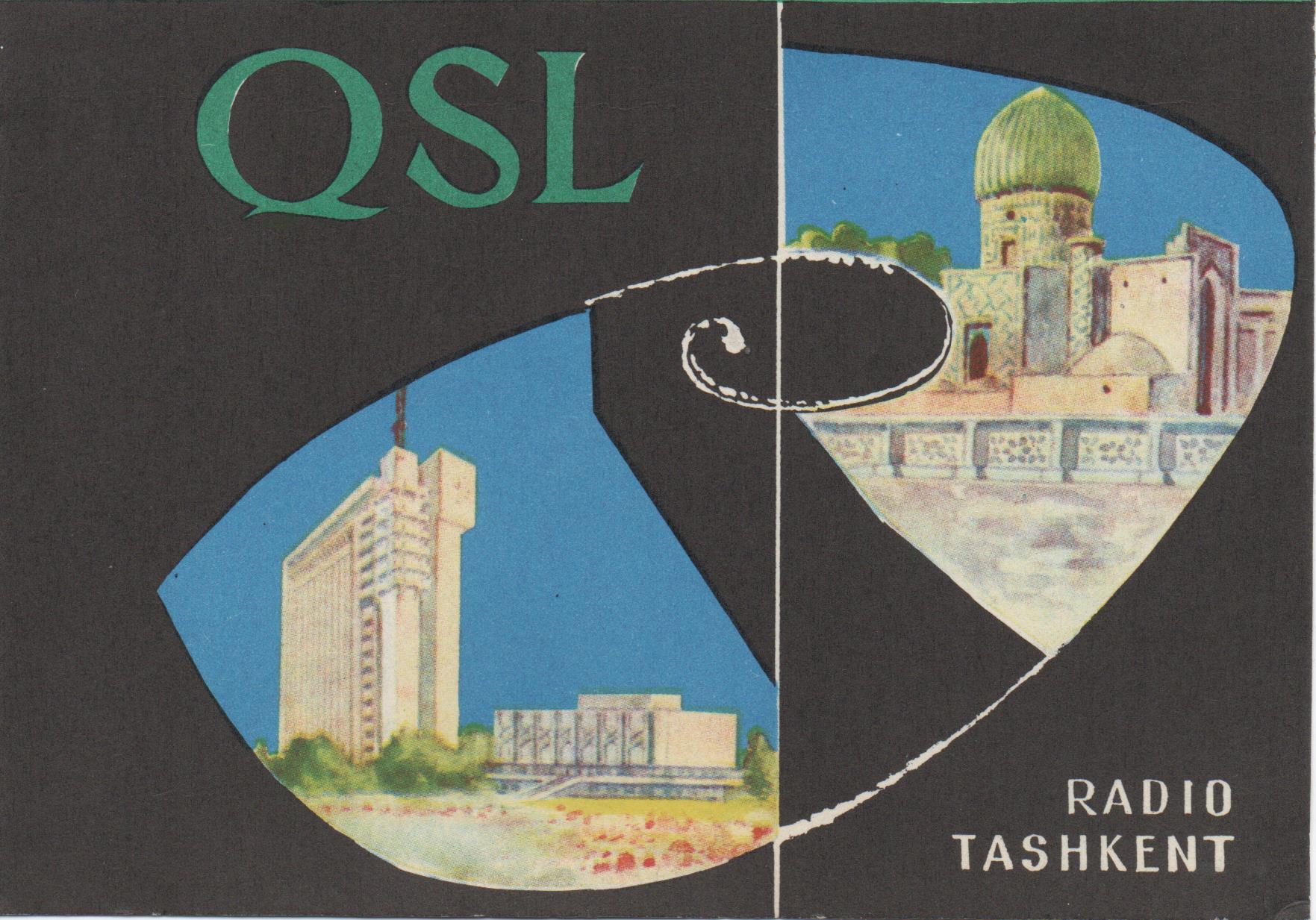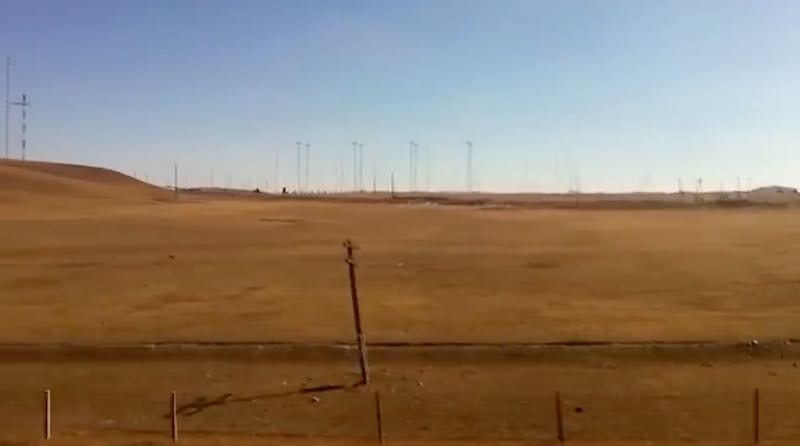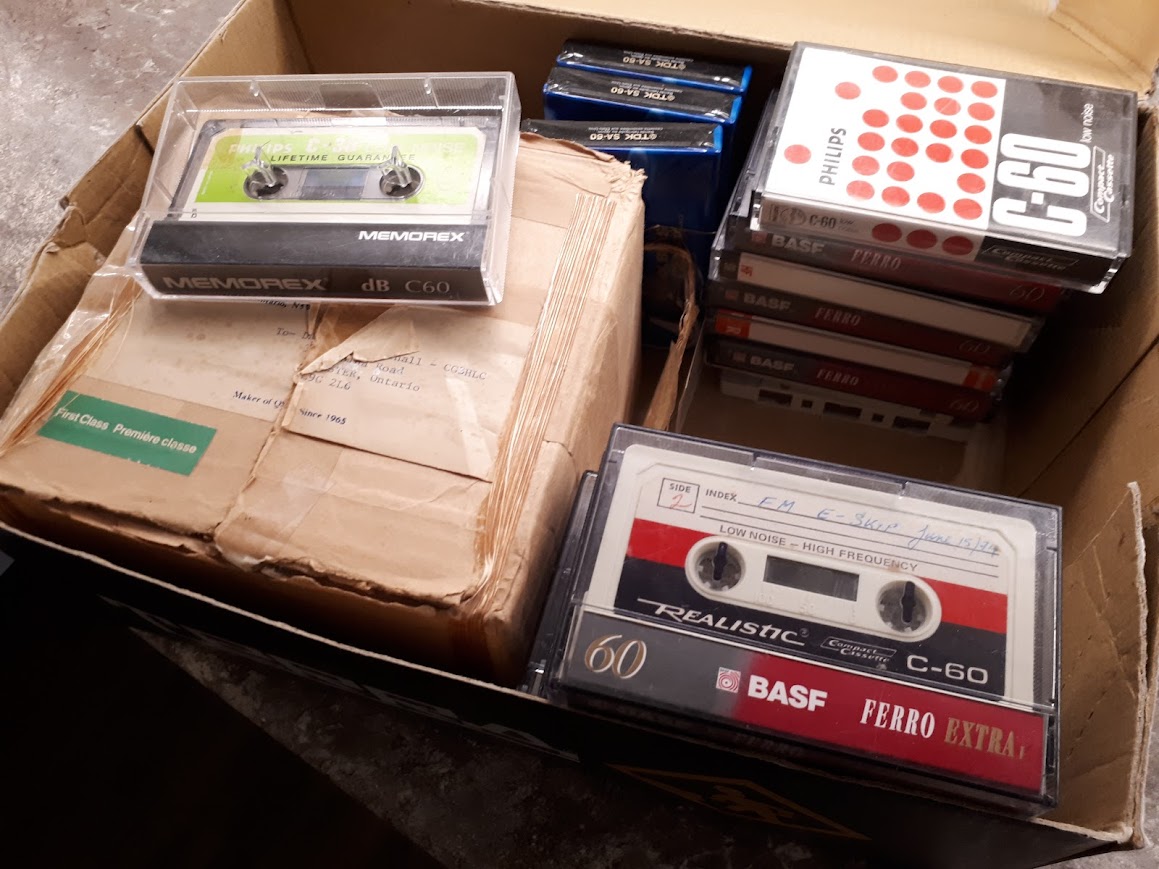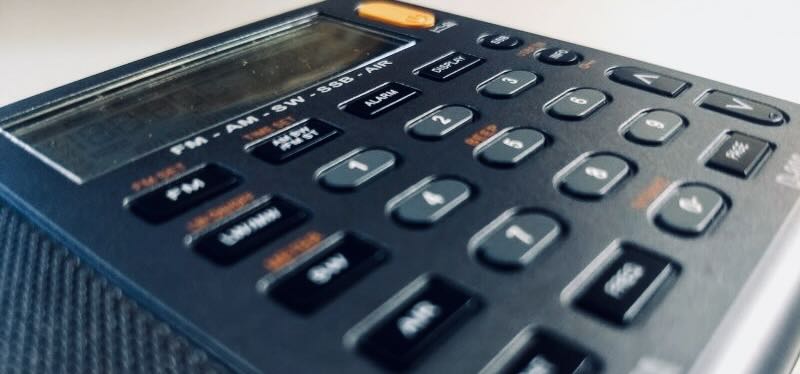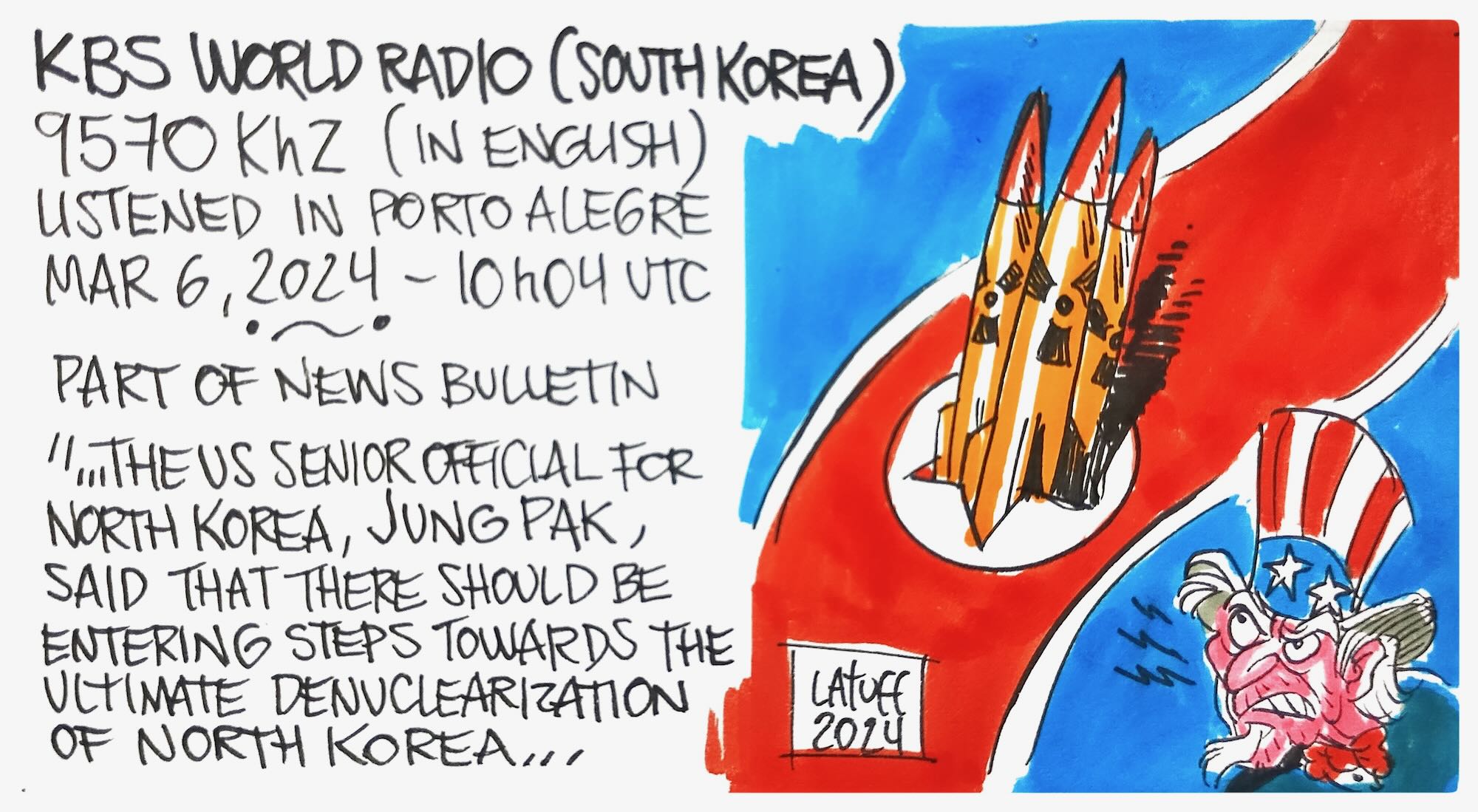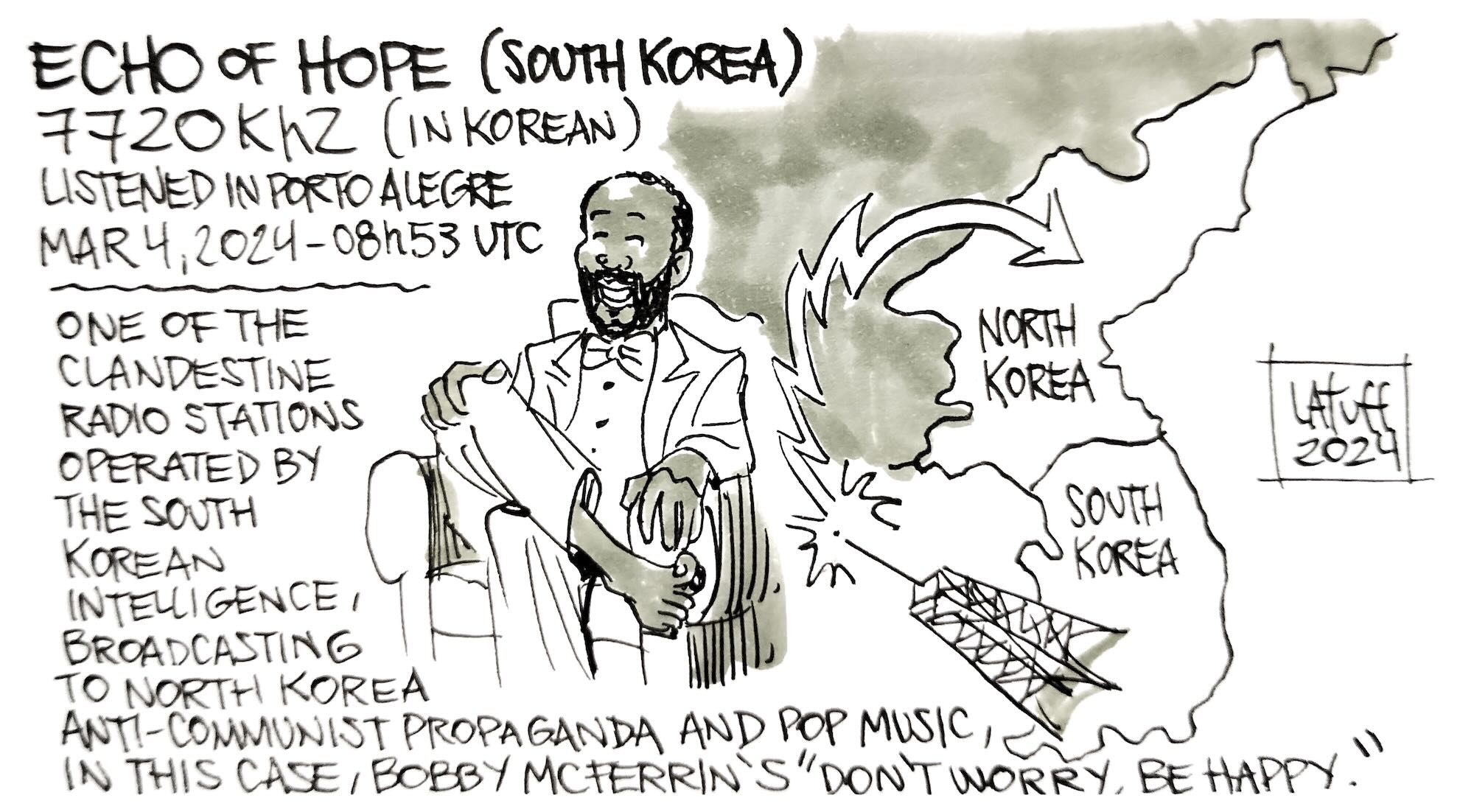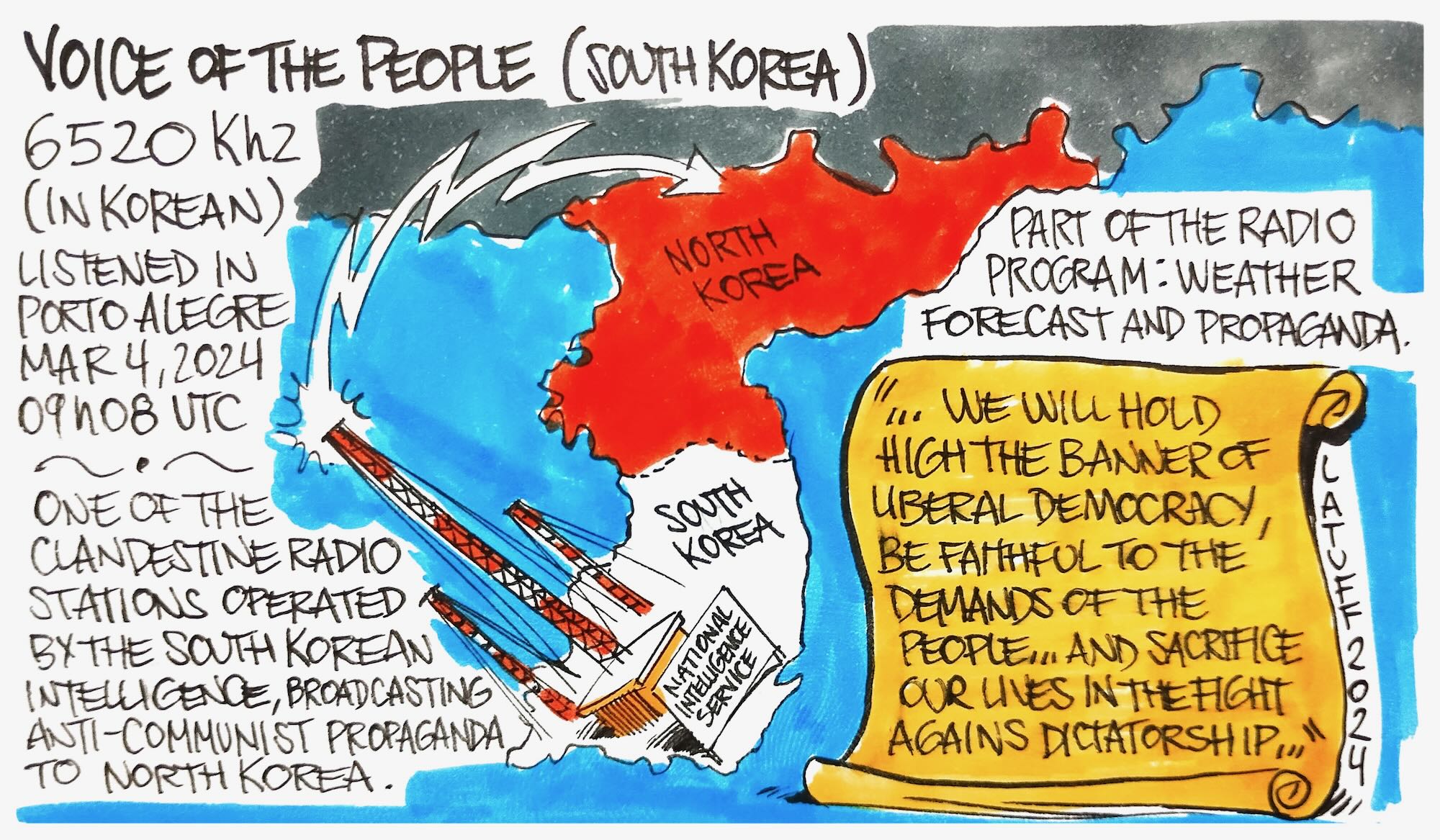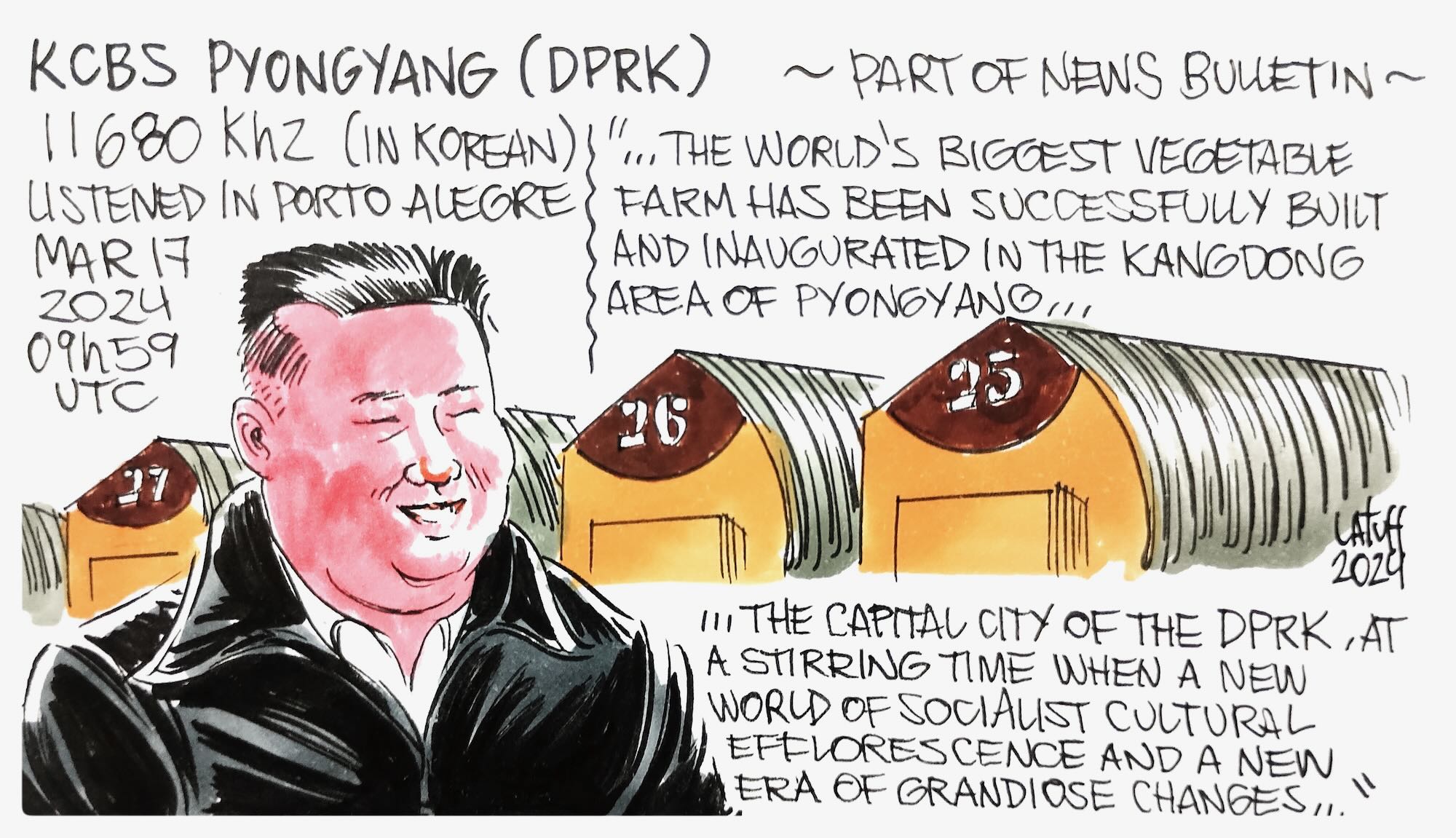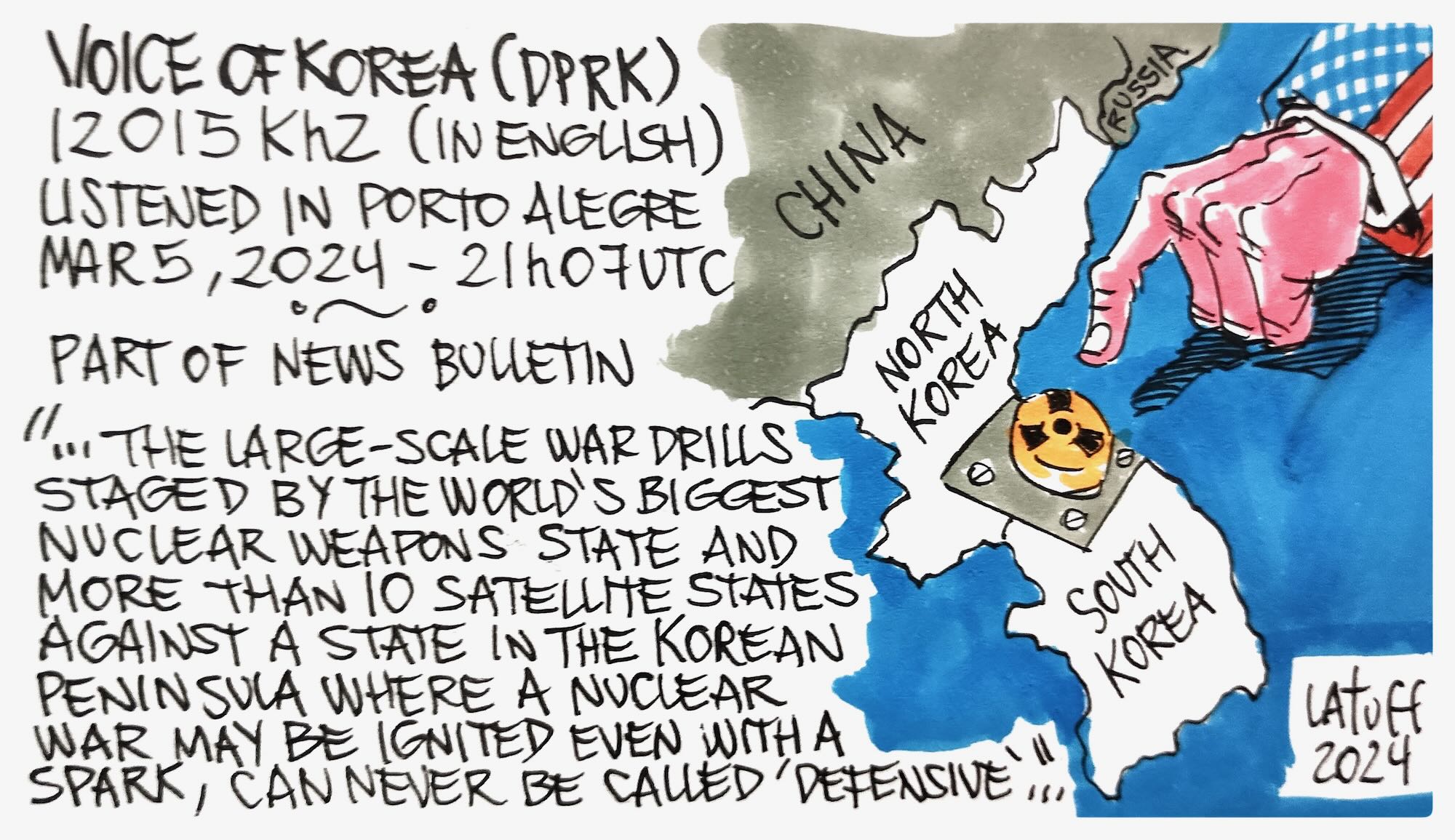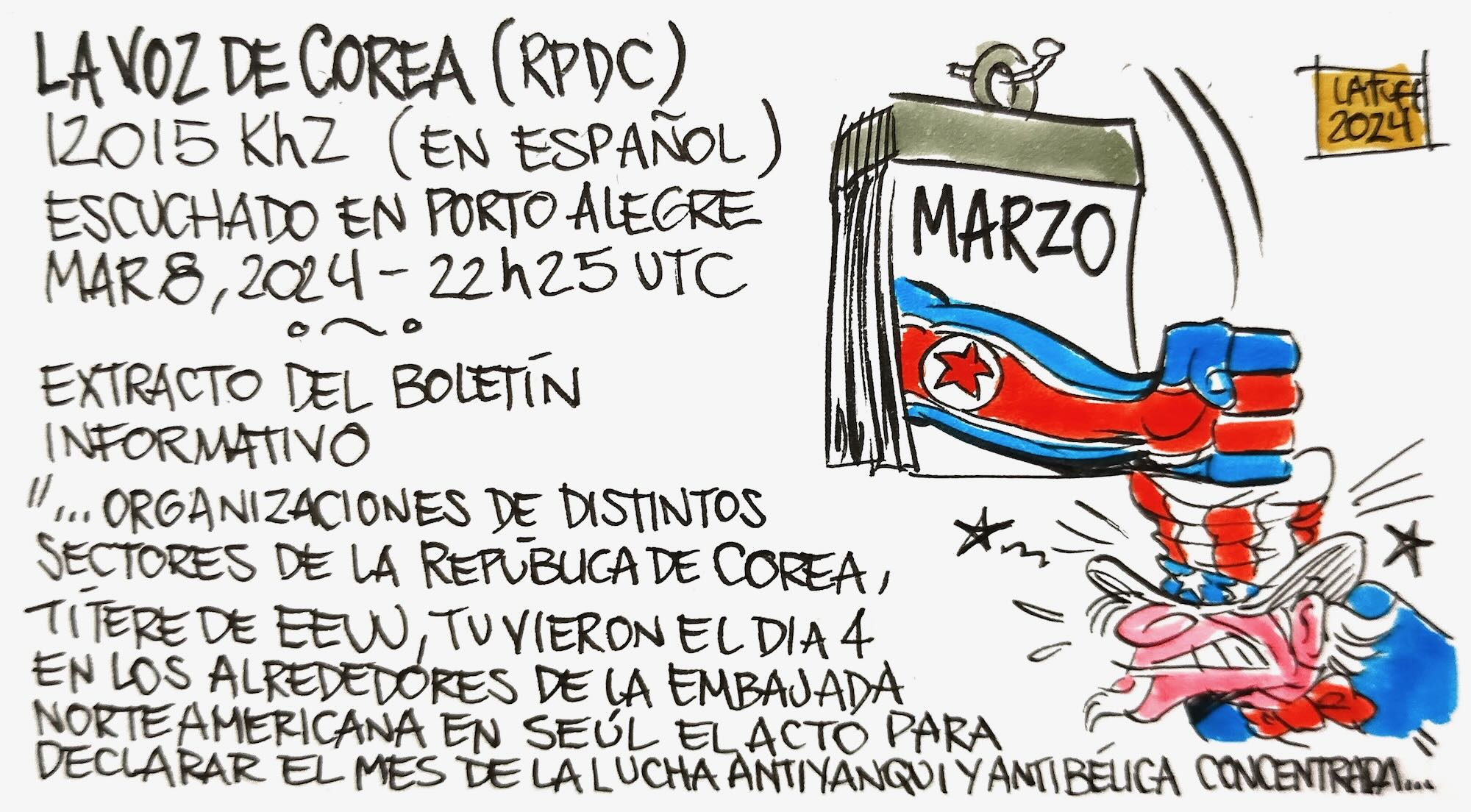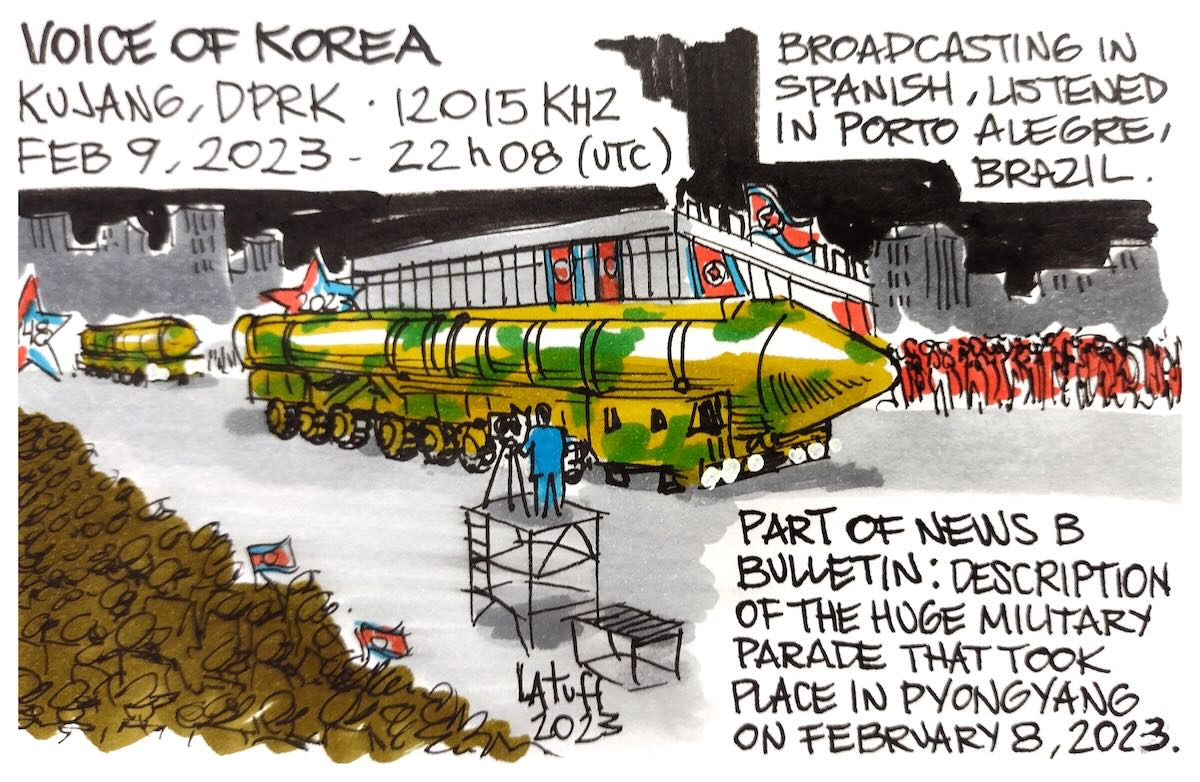by Dan Greenall
This region consists of the western part of Asia from Turkey to Iran including the Arabian Peninsula and Egypt. Decades ago, most of the countries had a shortwave broadcasting service that made intriguing DX targets for listeners like me. Some were relatively easy to hear, while others provided more of a challenge as they did not offer broadcasts to North America (where I live) or programming was not in English. Here are a few recordings that I made over the years and have uploaded to the internet archive.
Click on titles to access Internet Archive pages with additional information.
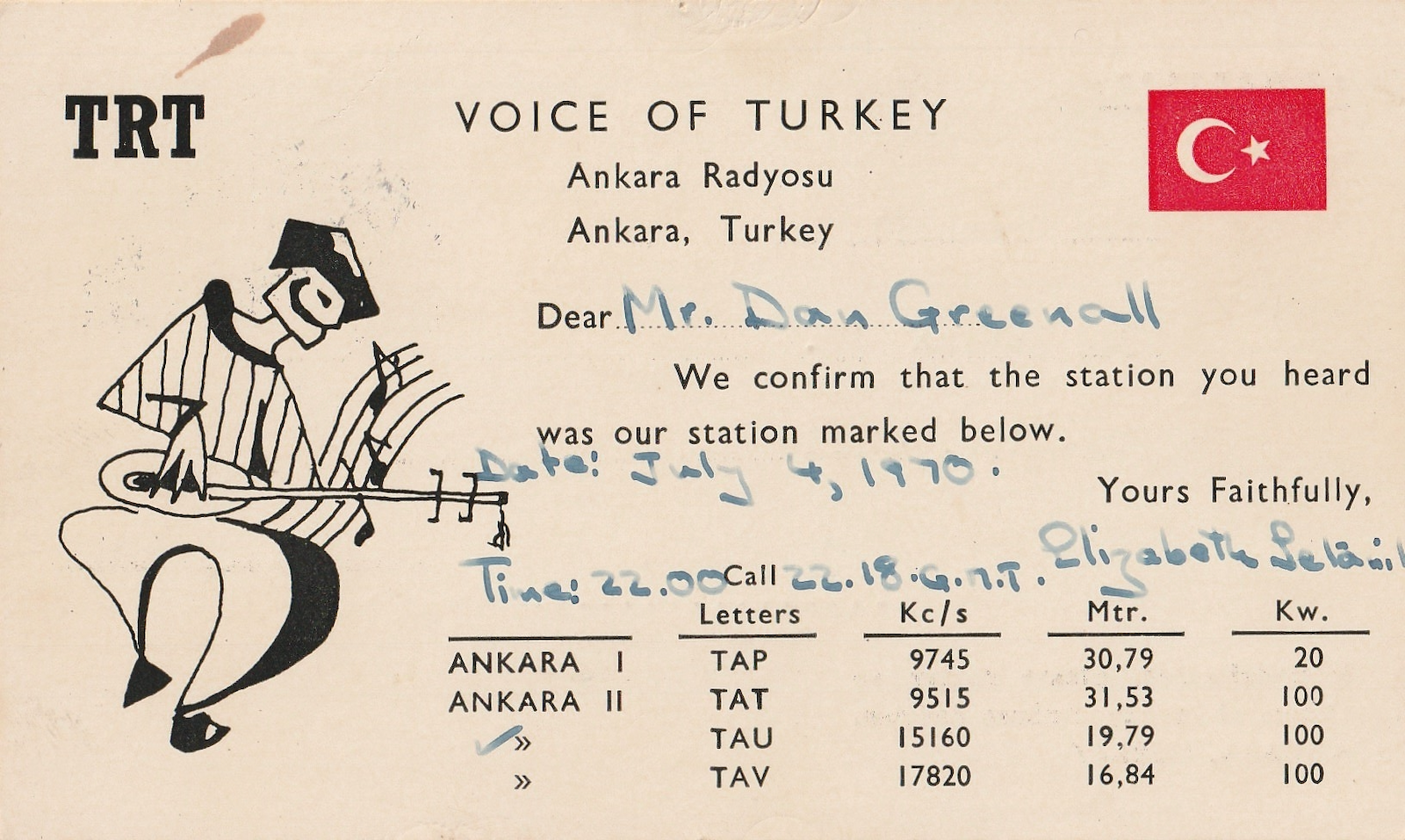 TURKEY 1970
TURKEY 1970
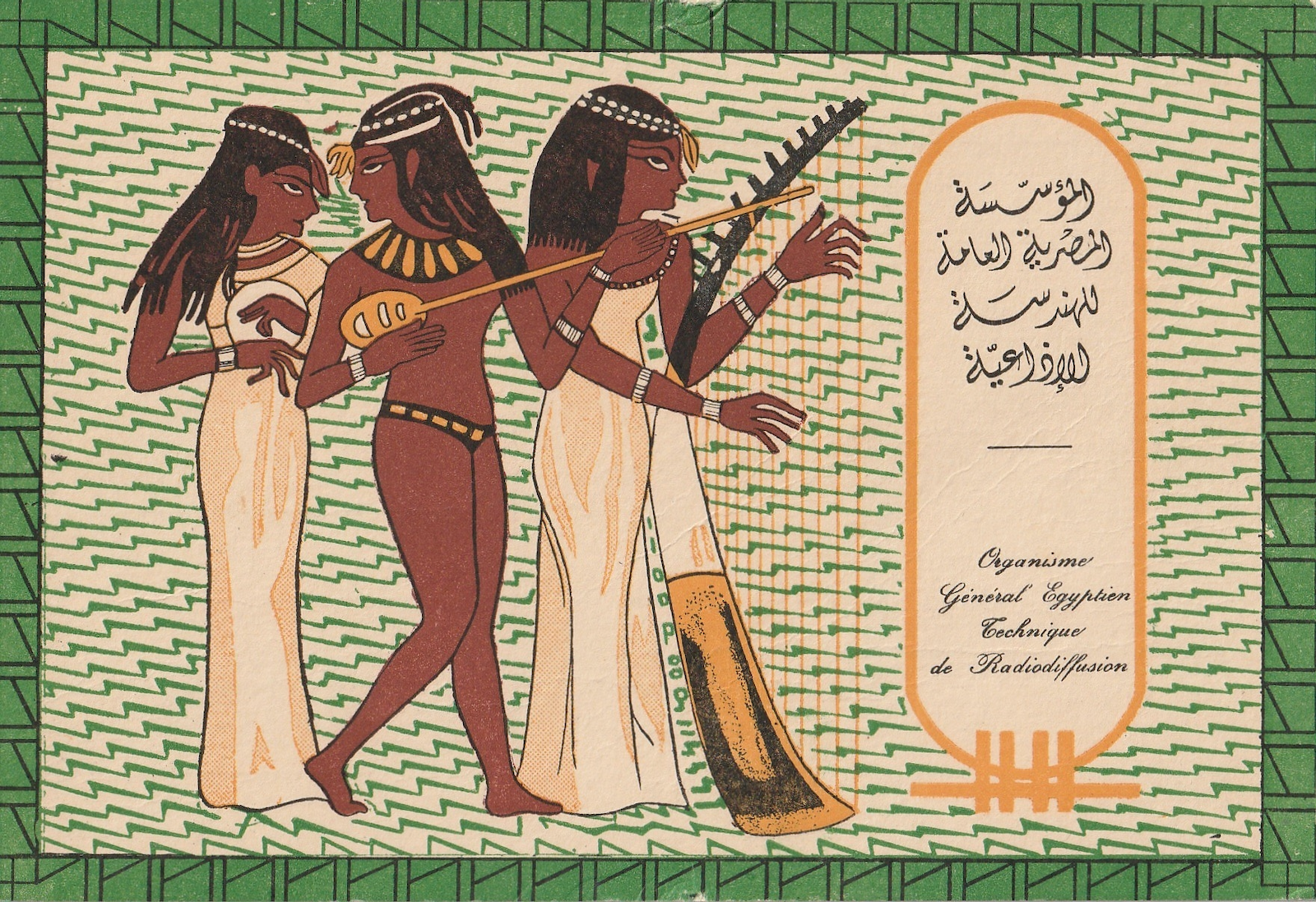 EGYPT 1971
EGYPT 1971
ISRAEL 1971
 LEBANON 1971
LEBANON 1971
SYRIA 1971
JORDAN 1973
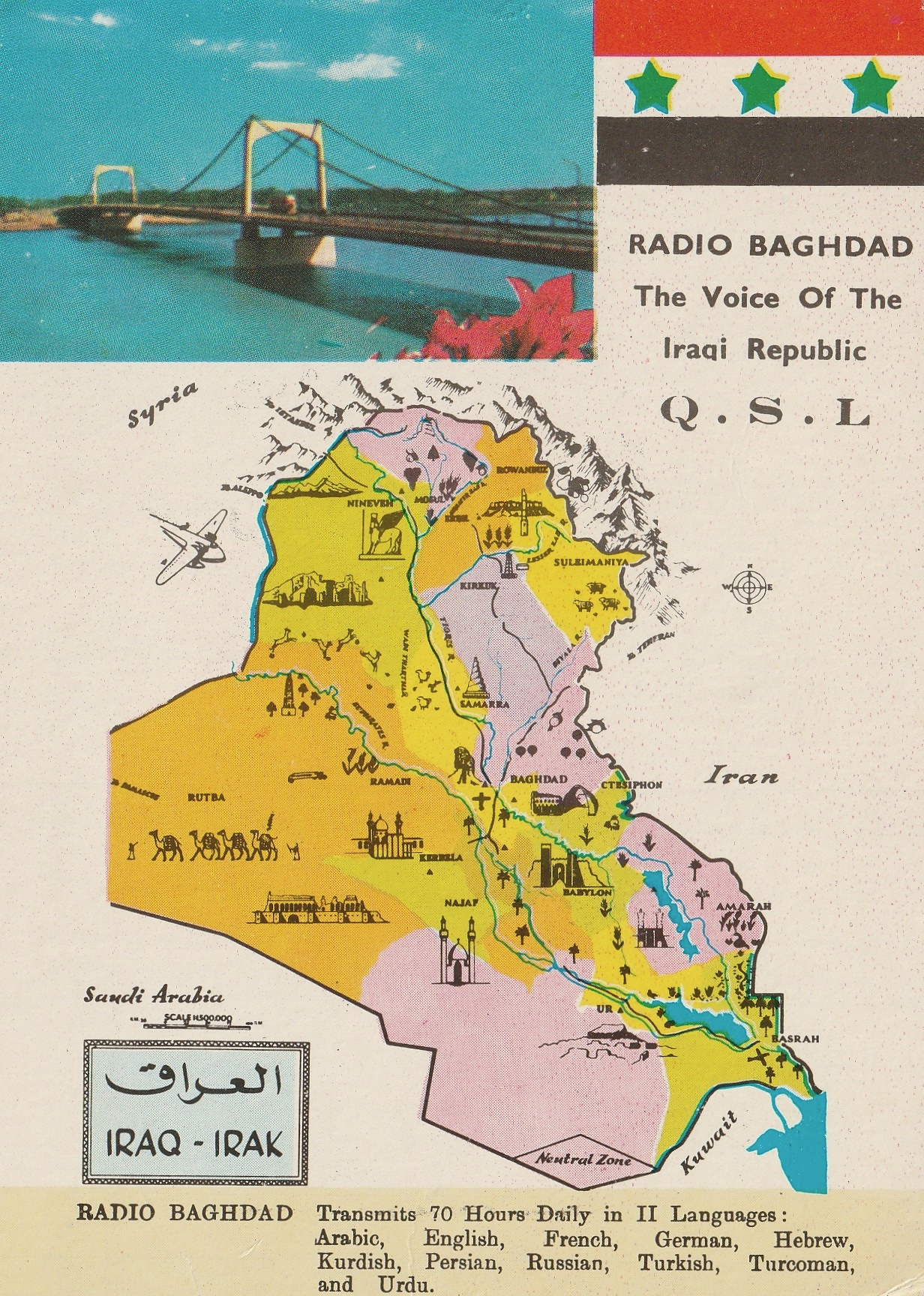 IRAQ 1971
IRAQ 1971
IRAN 1971
SAUDI ARABIA 1971
UNITED ARAB EMIRATES (DUBAI) 1983
UNITED ARAB EMIRATES (ABU DHABI) 1990
QATAR 1999
As 2025 draws to a close, only a few countries from the Middle East seem to be consistently logged by the shortwave listener.
The high powered transmitters in Turkey and programming in a variety of languages provide worldwide listeners a great opportunity to tune into this part of the world. A musical interlude accompanied by frequent identifications precedes their transmission. This recording was made on July 31, 2025 at 0254 UTC leading up to 0300 sign on in English on 7275 kHz. Reception was made using a remote SDR in the UK:
The Al Dhabbiyah tramitter site in the United Arab Emirates is used by a number of international broadcasters including FEBA Radio, IBRA Media and the BBC. This recording of FEBA made on June 24, 2025 captures their sign off just prior to 0230 UTC on 9540 kHz on a KiwiSDR in Riyadh, Saudi Arabia:
IBRA Radio Ibrahim is noted using the same interval signal on June 19, 2025 around 1700 UTC also on 9540 kHz. A remote SDR in Kenya was used to make this recording.
Another relay transmitter is located at Al Seela in Oman and is largely used by the BBC for broadcasts into Asia. This recording, made November 20 at 2328 UTC on 11645 kHz, shows them being received by the KiwiSDR at Haida Gwaii, British Columbia off of Canada’s west coast. The effects of an over-the-pole signal path is evident here:
Other stations may emerge on occasion. For example, early in 2025, a station called Republic of Yemen Radio was being heard on 11935 kHz reportedly broadcasting in Arabic from a transmitter in Jeddah, Saudi Arabia. Reception was quite good in February using a remote SDR in Addis Ababa, however, in later months the transmitter seemed to develop a bad hum or buzz. You can listen to recordings made in February and then in April by following this link to the Internet Archive.
I would encourage all listeners to report reception of new stations broadcasting from this region to the SWLing Post so others might have the opportunity to try and tune in for themselves.

